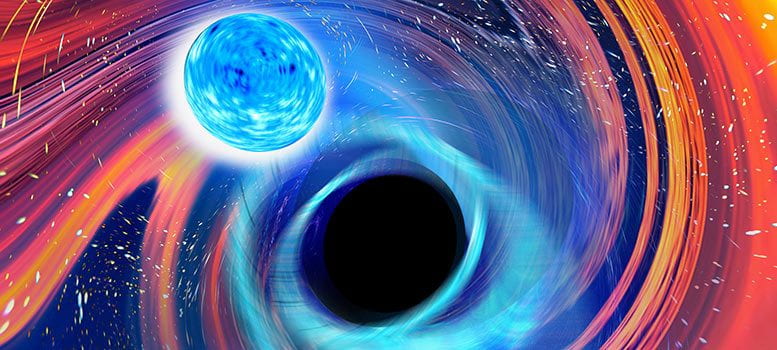900 million years ago, black holes in two separate galaxies merged with their neighboring neutron stars. Two weeks ago, Professor Vicky Kalogera, of the Department of Physics and Astronomy, published research about the moment the gravitational waves from these events reached Earth for the very first time.
Kalogera and an international team of astrophysicists observed the two gravitational wave events — dubbed GW200105 and GW200115 — on Jan. 5, 2020, and Jan. 15, 2020, just 10 days apart. Mergers between black holes and neutron stars have been theorized for years, but these two events are the first confident observations of the ensuing gravitational waves.
“Following the tantalizing discovery, announced in June 2020, of a black-hole merger with a mystery object, which may be the most massive neutron star known, it is exciting also to have the detection of clearly identified mixed mergers, as predicted by our theoretical models for decades now,” Kalogera said.

Vicky Kalogera
As a result of these findings, researchers now estimate that roughly one such merger per month happens within a distance of 1 billion light-years. The exact origin of these binary star systems remains unknown, but astronomers believe stellar binary systems, dense stellar environments including young star clusters, and the centers of galaxies are viable possibilities.
The team is currently preparing the detectors for another observation run beginning in summer 2022.
Read more about Kalogera’s research in Northwestern Now.

